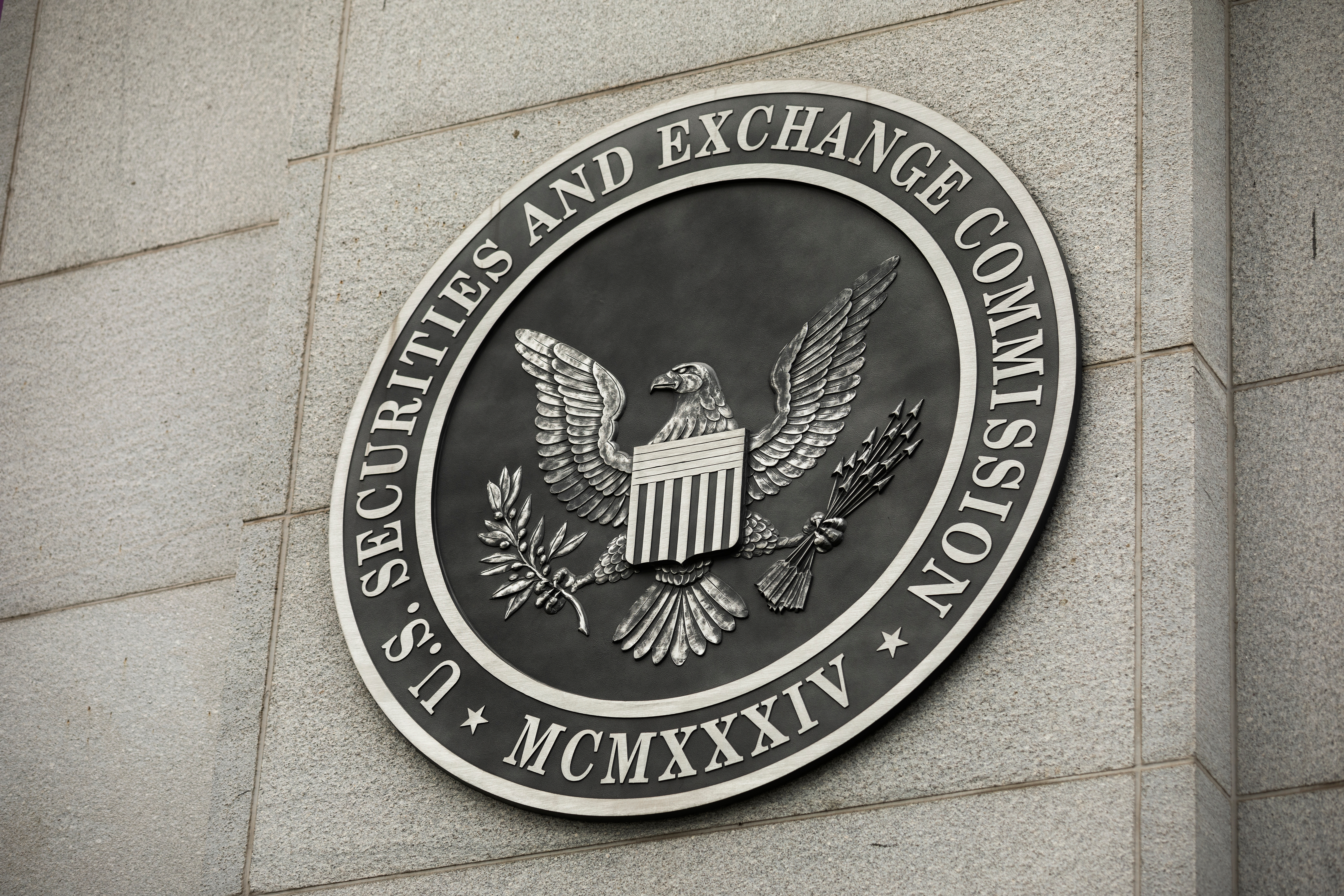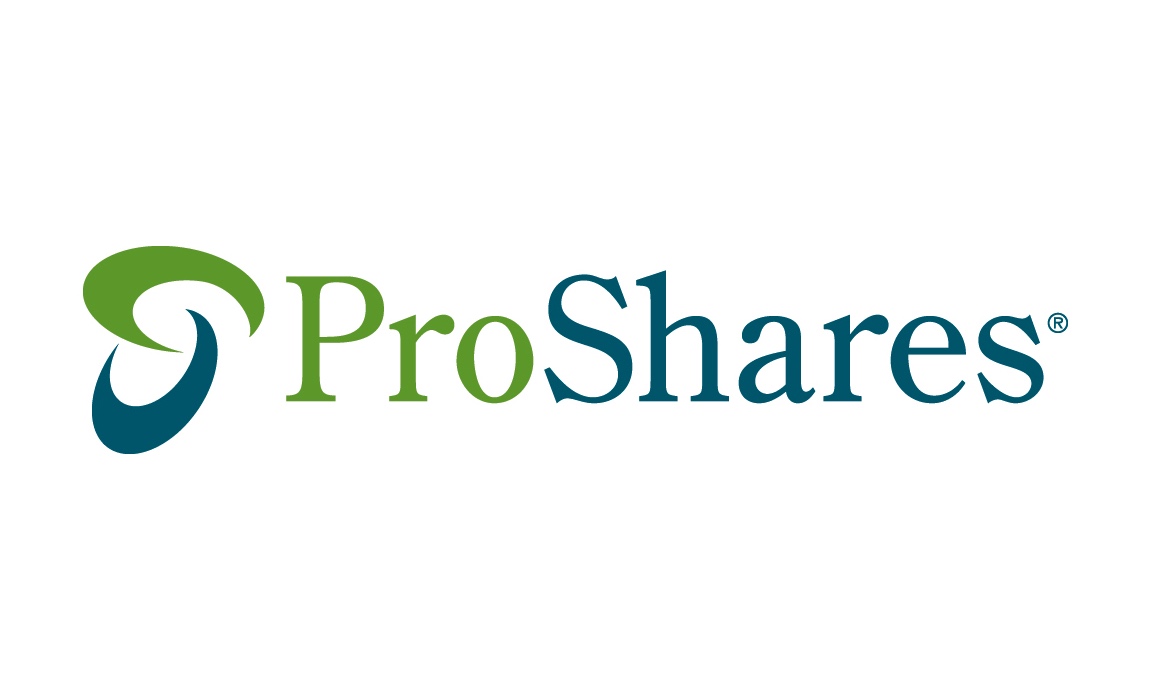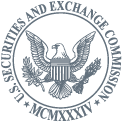The same day the Securities and Exchange Commission (SEC) chair Gary Gensler hinted at new rules to temper enthusiasm for leveraged ETFs, the product class saw considerable inflows into US-listed products.
According to data from Bloomberg, more than $1.5bn in new assets rushed into just four ETFs on Monday. The $3.3bn Direxion Daily S&P 500 Bull 3X Shares (SPXL) saw its best day on record, pulling in $302m, while the ProShares UltraPro QQQ (TQQQ) grew by $755m, just shy of its one-day record set a week earlier.
Meanwhile, the $3.6bn Direxion Daily Financial Bull 3X Shares (FAS) saw $304m inflows, while the $2.65bn Direxion Daily Technology Bull 3X Shares (TECL) added $149m on Monday.
Ironically, these considerable flows into high conviction plays coincided with a statement from the SEC chair outlining the regulator’s concerns about the high complexity and risks present when using the derivatives-based product class.
Gensler said in a release on Monday SEC staff have spent a number of years cautioning individual investors but added the use of leveraged strategies by sophisticated investors may create systemic risks by operating in unanticipated ways during periods of market volatility.
Far from coincidental, the timing of Gensler’s message can be explained by equities’ cold feet in September and more notable slump over the last week or so. As the S&P 500 fell more than 5% during the four weeks through 4 October, its worst four-week performance since October last year, many US investors were keen to bet on the resurgence of the US large cap index and also the tech-heavy Nasdaq which fell 7% over the same period.
Only a few days prior to Gensler’s statement, the SEC also approved the relaunch of two futures-based VIX volatility trackers from Volatility Shares.
While closely resembling the VelocityShares Daily Inverse VIX Short-Term ETN (XIV) and the VelocityShares Daily 2X VIX Short-Term ETN (TVIX) which did not fare well during a previous spell of volatility, the two new strategies are in ETF rather than exchange-traded note (ETN) format and follow different rebalancing methods.
Regardless, investors still need to exercise caution when looking to the growing range of leveraged strategies on offer in Europe and the US. While the promise of higher returns is attractive, the potential for higher rewards brings with it the inevitable side-effect of greater risk. Leveraged strategies also have their own intricacies which mean they should only play a very specific role within an investor’s toolkit.
For instance, multiple-leveraged ETP returns do not directly correspond to a multiple of market returns. Due to a product’s reset methodology – often daily – a three-times long or short product can often return a lot more or less than three times the security or index they are tracking.
For example, in March 2020, unleveraged QQQ returned -11.2%, while TQQQ returned -45.0%. Similarly, while QQQ products returned 3.6% between the start of March and the end of April 2020, the ProShares UltraPro Short QQQ (SQQQ) returned -45.9% during the same period.
This illustrates how not only might investors come unstuck when using leveraged ETPs, but also their potential for unexpected and outsized gains or losses during periods of volatility. To avoid these scenarios, ETF users should only turn to leveraged products as short-term plays during a period they wish to express strong convictions.






